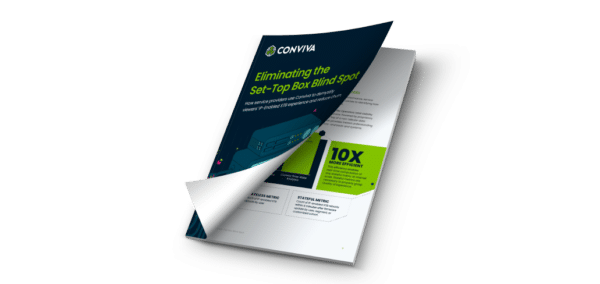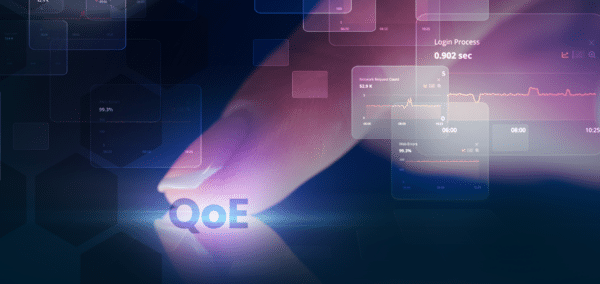
When it comes to multiscreen TV, one of the big stories from the last two years is the growth of linear streaming. As consumers spend more time on laptops and tablets they want access to more of the content that they naturally watch. Given the continued popularity of linear television, that means more sports, news and even general entertainment. Because this content is closely associated with broadcast television, and because more of it is live, there are high expectations for streaming quality so establishing broadcast-grade QoE for real-time delivery is one of the challenges that multiscreen service providers must tackle.
One of the companies showing the way is BSkyB with its Sky Go and NOW TV multiscreen OTT offers. The former is the company’s TV Everywhere service for existing subscribers and the latter is a standalone subscription offer available to anybody, and one of the best examples in the world of ‘Pay TV Lite’. It provides a small but balanced bouquet of movies, sport and general entertainment. Aimed at the free-to-air market in the UK with monthly or even daily subscriptions, NOW TV includes access to all of the Sky Sports channels and therefore some of the best live sports anywhere.
The man responsible for making all the Sky streaming services look good is Richard Wray, Head of Streaming Performance at BSkyB, and he outlines the challenge that all platform operators face with their online services. “With the Sky satellite service there is an end-to-end delivery chain that Sky designed from headend to the set-top box. When it comes to OTT there are so many potential issues that affect quality and you do not have a huge idea about what devices you will hit,” he notes. “It is crucial that you monitor everything that is happening end-to-end in the chain because if there is any significant buffering or the picture quality drops then it is easy to lose customers. Research shows that depending on the amount of buffering you get, you may not lose a customer just for that day; you may lose them indefinitely.”
Sky uses real-time data processing to gather detail on what is happening to the streaming video, with information broken down according to individual devices, ISPs, CDNs, and so on. At the headend level a key focus is on making sure the encoding delivers the best quality possible regardless of what bit rate consumers are getting via adaptive bit rate streaming. Conviva (data) and Envivio (encoding) are among its technology partners. As with all television, there is a focus on making sure the source material that goes into the encoder is as good as possible.
Wray believes one of the key benefits of HEVC compression, when it arrives, will be to increase the reliability of streaming video. He emphasizes that you have to focus on each single component in the delivery chain to ensure the best customer experience for linear streaming, and there are several other main factors to consider. “I want to make sure the frame rate is as high as it can be to give a TV-like experience, and make sure that we are not significantly behind traditional broadcast TV [in terms of time delay]. That is another area to manage because you use a different set of encoders and need that to synchronize. We are trying to create a TV-like experience in the home but not through TV-based technology and that can be tricky.”
Audio is also important. Wray notes: “Research shows that you can have the same video playing out but if the sound quality is not as good there is a perception that the video quality drops. When you test people they say that bad sound makes picture quality look worse. Once again, it is about creating a 360 degree experience for the customer.”
Videonet recently hosted a round-table discussion to consider how you take Pay TV linear channels to a wider market. Richard Wray was joined by Julien Signès, President, CEO and Co-Founder of Envivio and the discussion included a look at the market for Sky’s NOW TV standalone multiscreen service, how you achieve broadcast-grade experiences on live and linear streaming TV, and the potential impact of HEVC on online/multiscreen services. Watch the video here.







